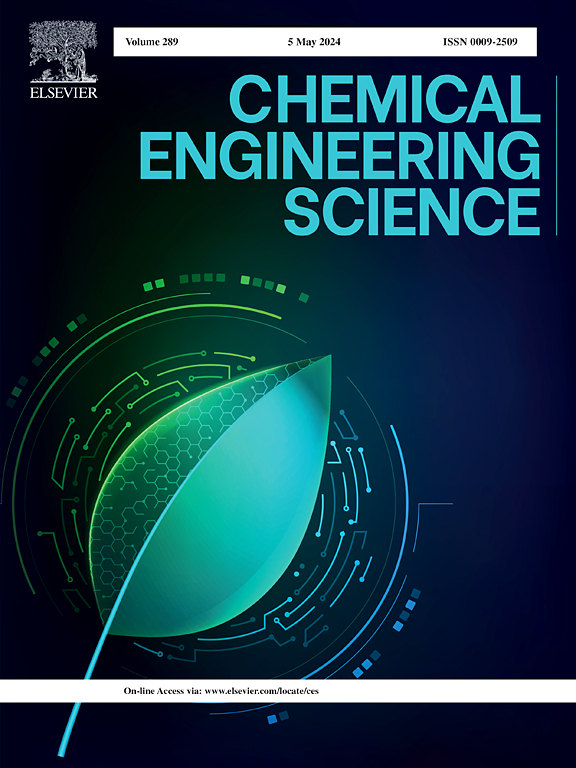Domain transfer spatiotemporal graph network for predicting key indicators in multimode chemical processes
IF 4.1
2区 工程技术
Q2 ENGINEERING, CHEMICAL
引用次数: 0
Abstract
In modern chemical industries, soft sensors related to key indicators are crucial in production processes, particularly for multimode chemical processes. However, challenges arise from scarce labeled data and constant process shifts, which complicate the development of these sensors. Additionally, complex process variable interactions hinder prediction interpretability. This work develops a domain transfer spatiotemporal graph network (DTSGN) regression model, tailored for cross-domain modeling in multimode chemical processes. The DTSGN model first employs graph convolution to capture spatial dependencies and gating mechanism to track temporal relationships. A Bernoulli-distributed perturbation graph enhances model robustness. By embedding constraints into conditional distribution discrepancy, the parameters for DTSGN are calibrated under the fine-tuning paradigm for new mode. Therefore, the model extends its applicability to address process shifts in multimode chemical processes. A graph explainer finally ensures interpretability by aligning learned variable graph with process knowledge, and two multimode cases evidence the proposed model’s efficacy and superiority.
多模式化学过程关键指标预测的域转移时空图网络
在现代化学工业中,与关键指标相关的软传感器在生产过程中起着至关重要的作用,特别是在多模式化学过程中。然而,由于缺乏标记数据和不断的工艺变化,这些传感器的开发变得复杂,从而带来了挑战。此外,复杂的过程变量相互作用阻碍了预测的可解释性。本工作开发了一个领域转移时空图网络(DTSGN)回归模型,为多模式化学过程的跨领域建模量身定制。DTSGN模型首先采用图卷积捕获空间依赖关系,并采用门控机制跟踪时间关系。伯努利分布摄动图增强了模型的鲁棒性。通过在条件分布差异中嵌入约束,在新模式的微调范式下对DTSGN的参数进行校准。因此,该模型扩展了其适用性,以解决多模式化学过程中的过程转移。图解释器最后通过将学习到的变量图与过程知识对齐来确保可解释性,两个多模式案例证明了该模型的有效性和优越性
本文章由计算机程序翻译,如有差异,请以英文原文为准。
求助全文
约1分钟内获得全文
求助全文
来源期刊

Chemical Engineering Science
工程技术-工程:化工
CiteScore
7.50
自引率
8.50%
发文量
1025
审稿时长
50 days
期刊介绍:
Chemical engineering enables the transformation of natural resources and energy into useful products for society. It draws on and applies natural sciences, mathematics and economics, and has developed fundamental engineering science that underpins the discipline.
Chemical Engineering Science (CES) has been publishing papers on the fundamentals of chemical engineering since 1951. CES is the platform where the most significant advances in the discipline have ever since been published. Chemical Engineering Science has accompanied and sustained chemical engineering through its development into the vibrant and broad scientific discipline it is today.
 求助内容:
求助内容: 应助结果提醒方式:
应助结果提醒方式:


